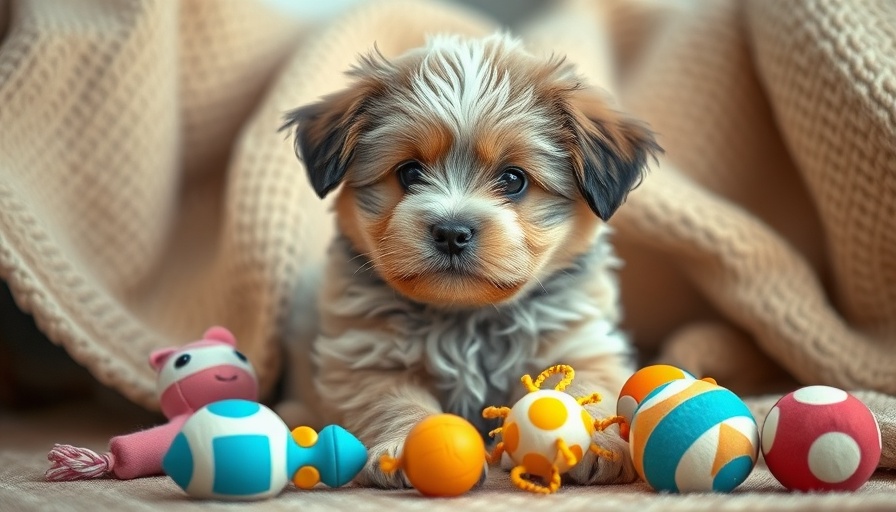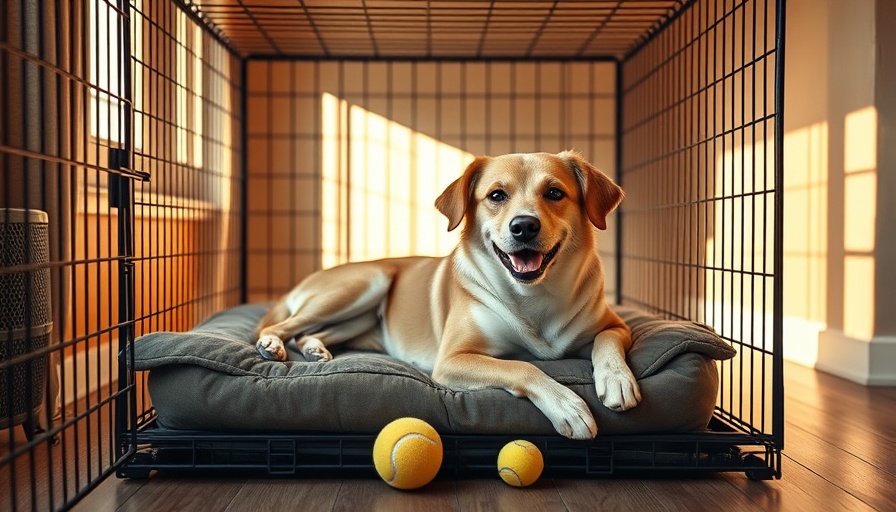
Understanding Aggression in Dogs
As a pet owner, facing aggressive behavior in dogs can be a distressing experience. It is crucial to recognize that aggression often stems from underlying issues. Fear, territorial instincts, pain, and insufficient socialization are common triggers that can lead to aggressive behavior. By understanding these root causes, dog owners can begin to craft effective training strategies.
Fear-Based Aggression: A Common Trigger
Fear-based aggression is frequently observed in dogs, manifesting as they react defensively to perceived threats. Studies suggest that early experiences play a significant role; dogs subjected to traumatic situations or inadequate socialization during their development may become aggressive as a coping mechanism. A dog may display aggressive behavior when it feels cornered or unable to escape a threatening situation.
Territorial and Possessive Behaviors
Another source of aggression is territorial or possessive behavior. Dogs are naturally inclined to protect their space and belongings. This need to guard can lead to confrontations, especially if they perceive a potential threat to their territory or valued items such as food, toys, or their resting space. Understanding this instinct is essential for corrective actions.
Pain as a Trigger
Pain-induced aggression is also a significant factor, transforming even the gentlest of dogs into aggressive beings. For pet owners, this highlights the importance of recognizing sudden behavioral changes. If aggression occurs unexpectedly, it is crucial to consult a veterinarian to rule out any underlying health conditions that might be causing discomfort.
Importance of Early Recognition
Early identification of aggression signs can save dog owners from potential harm and ensure timely intervention. Look for subtle signs including avoiding eye contact, excessive yawning, or turning away. These indicators of discomfort might escalate to aggression if not addressed swiftly.
Implementing Effective Training Techniques
Once you’ve identified the underlying causes, the next step is to adopt effective training techniques. Positive reinforcement is an essential strategy to reward desired behaviors and discourage aggression. Rather than punishing your dog, focusing on rewarding calmness and desirable actions will help build a more positive relationship.
Socialization: The Key to Success
Ensuring thorough socialization from a young age is crucial. Dogs that interact positively with various environments, people, and other animals are less likely to show fearful or aggressive behaviors later in life. This process can involve training classes, play dates, or supervised outings that help dogs develop confidence and adapt well in different situations.
Understanding Training Resources
It is also essential to utilize available resources such as professional trainers and behaviorists who specialize in aggressive behavior. Seeking external help ensures that corrective techniques are grounded in expert knowledge and best practices. Joining local dog training clubs or participating in group classes can provide an additional layer of support.
Monitoring Progress
Training aggressive dogs requires patience and consistency. Monitoring your dog’s behavior over time can help in identifying progress and setbacks. Keeping a journal of their behavior during training can provide valuable insights, allowing dog owners to modify techniques as necessary and continue fostering a positive environment.
Conclusion: A Journey To Well-Behaved Pets
Training an aggressive dog can be a challenging journey, but understanding the fundamental issues at play and applying proven strategies will lead to success. With consistent effort, positive reinforcement, and appropriate socialization, dog owners can transform aggressive behaviors into positive social interactions, ensuring their pet is not only safe but also an enjoyable companion within the family.
With that in mind, it’s time to take the next step—consider enrolling in a training class or seeking advice from a professional dog trainer today to embark on your journey towards a well-behaved pet.
 Add Row
Add Row  Add
Add 




 Add Row
Add Row  Add
Add 

Write A Comment